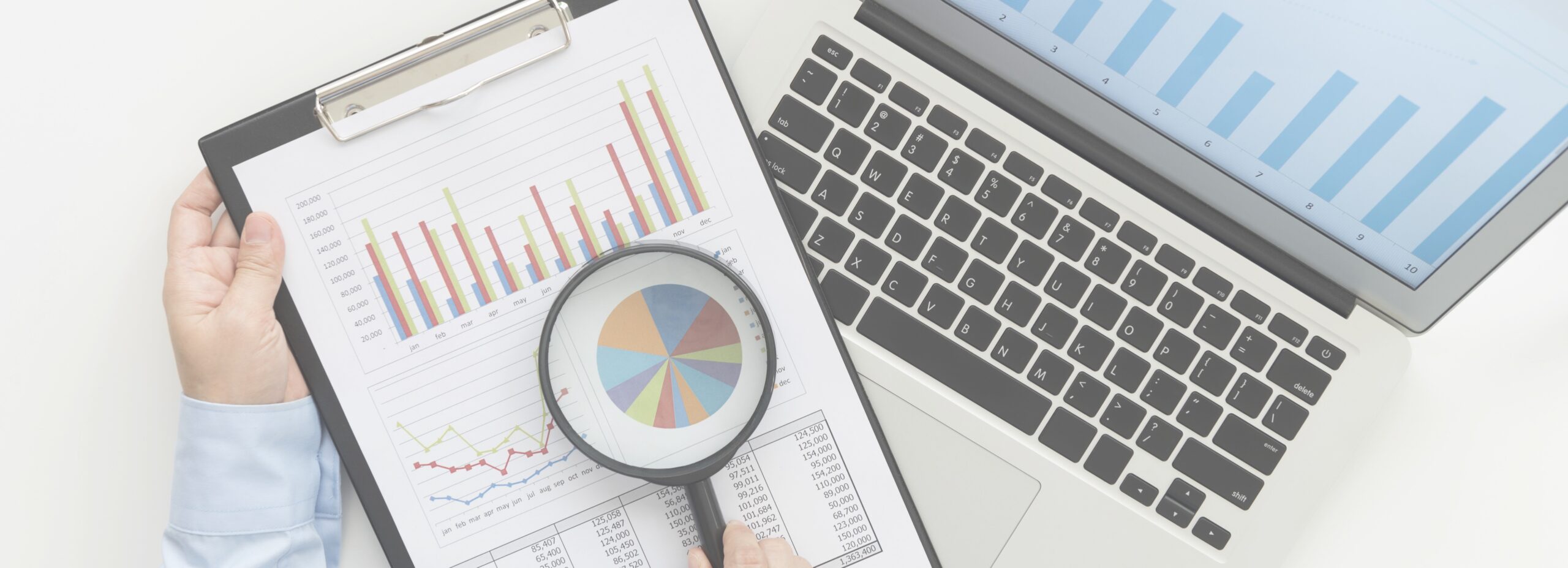Closing deals is essential for any startup. Turning those sales into actual cash flow is an equally important job — even if it’s often overlooked.
Following accounts receivable best practices and collecting payments from customers in a timely, efficient manner are core principles of startup accounting. Running out of cash is the number-one reason that startups fail, according to CB Insights. You don’t want to wait until you’re almost out of cash to reach out to customers about outstanding payments.
Proper accounts receivable management can help you reduce the effort required to collect timely payment, speed up the timeline of turning sales into cash and maintain great customer relationships.
What Is Accounts Receivable?
Accounts receivable (AR) is an account where your accounting system records the amount owed when a customer invoice is processed.
On the balance sheet, the sum of all amounts owed to your company is listed as a current asset. When a customer pays, that balance moves out of AR and into cash (which is our favorite current asset).
Typically, you’ll see terms such as “net 30” describing AR payment terms. Net 30 just means “this bill is due in full in 30 days.” Net 60 would extend that payment period to 60 days. Ideal terms are usually net 20 or net 30.
Keep in mind that AR only exists when you invoice a customer (i.e., you bill your customer and wait for payment). If customer payments are due at the time of the transaction, through apps such as PayPal or Stripe, AR doesn’t apply to you. You’ll have the cash up front, which is great for capital management.
Of course, there is a downside to these upfront payments. While collecting via credit card is fast, your company will pay a processing fee for each transaction. The fees can add up, since they are typically a percentage of the selling price and are charged by both the payment processor and the credit card company. Invoicing your clients and allowing for ACH or check payments will preserve your profit margins from those processing fees, even if it requires patience and proper planning as you await payment.
Customer invoicing practices and acceptable payment methods should be discussed and decided carefully. In many cases, a hybrid model is the best approach.
Accounts Receivable Best Practices
If I had one piece of advice, it would be to stay proactive. Follow these four accounts receivable management best practices to get paid quickly and keep customers happy:
- Indicate collection terms and billing information in the contract.
- Create finance onboarding letters for new customers.
- Automate and standardize your process.
- Hold a monthly internal AR review meeting.
1. Indicate collection terms and billing information in the contract.
Let’s say you close a deal to sell your DevOps SaaS offering. Your contact at the company was the head of development. While she signed the contract, she’s not necessarily the one that’s paying the bill. That usually falls on the finance team.
In your contract, be sure to have the client specify the name, email address and phone number of the billing contact at the client. Outline the price and be sure the billing contact knows when and how they’ll receive invoices. If you’re offering special terms or discounts for payment in advance, note that in the contract as well.
2. Create finance onboarding letters for new customers.
It’s important to establish a relationship with your customer’s finance contact. You don’t want your first email to be a “show me the money!” message demanding payment. If managed properly, those unpleasant conversations should actually be very rare. Avoid getting to that point by making the payment process easy, and allow your client to keep their focus on building their business.
A finance onboarding letter is a startup accounting document that makes your first contact with the finance team a friendly one. Outline who you are and how to reach out with issues, and indicate your excitement to work with them. Ask if the client utilizes an online bill-pay platform, and offer to complete enrollment up front.
3. Automate and standardize your process.
Accounting or payment software such as QuickBooks and Stripe often have upgrades to help with collections. Those are great options, but you can standardize your accounts receivable best practices in do-it-yourself fashion as well.
Write down which team members are responsible for each step of AR collection. Outline a step-by-step process as you onboard new finance team members. Set up auto-reminders on your billing platform.
Creating email templates in your customer relationship management software is a great way to automate your payment reminder emails. Consider the following standardized cadence:
- Due date: Friendly reminder
- 30 days past due: Firm request for payment. Indication of interest accrual, if applicable.
- 60 days past due: Deadline for payment, request for direct contact, warning of service disruption.
- 90-plus days past due: Recap of balance owed, request for direct contact, offer of payment plan, requirements for reinstated service.
4. Hold a monthly internal AR review meeting.
Accounts receivable best practices share a single thread: Continuous monitoring creates successful habits.
Set aside some time each month to review your accounts receivable aging, a report that maps out AR according to the length of time an invoice has been outstanding with a customer. Don’t just include the finance team; invite account managers or sales reps that have direct contacts with the customer. They can help provide details from the customer side and coordinate communication.
Accounts Receivable KPI Examples
The following AR key performance indicators (KPIs) will help you recognize issues early on, giving you enough time to address the situation:
- Days Sales Outstanding (DSO)
- Average Days to Collect
- AR Turnover
DSO measures your cash conversion cycle, which is how long it takes your sales dollars to turn into cash flow. Lower is better, and your DSO should be near equal to your standard payment terms. A measure of 45 days is considered healthy. Do not consider cash sales (for example, ecommerce purchases with payment at time of transaction) as this would skew the data.
DSO = (AR balance at period end / number of sales for the period) x (number of days in period)
Average Days to Collect
This helps you measure your account conversion cycles and see collection trends by client. Here, we count the number of days to collect each account from invoice date to payment date. Average days is not weighted for dollar spend, so it counts each client invoice equally. It’s often available as a report from your billing system.
AR Turnover
AR turnover measures how often you cash out on sales — i.e., how many times you turn your AR balance into cash in a given period. A high ratio means you are collecting quickly from your clients, which is great. Once again, don’t include cash sales.AR turnover = (number of sales for the period) / (average AR in the period)
Be Proactive with Accounts Receivable
Accounts receivable management best practices are all about proactive communication, streamlined process and transaction cadence. Great cash flow is the result of strong client relationships, a clear and easy-to-follow process and frequent communication with customers. If you do the work up front, you’ll be sure to keep a healthy cash flow cycle for your business to fuel growth.



